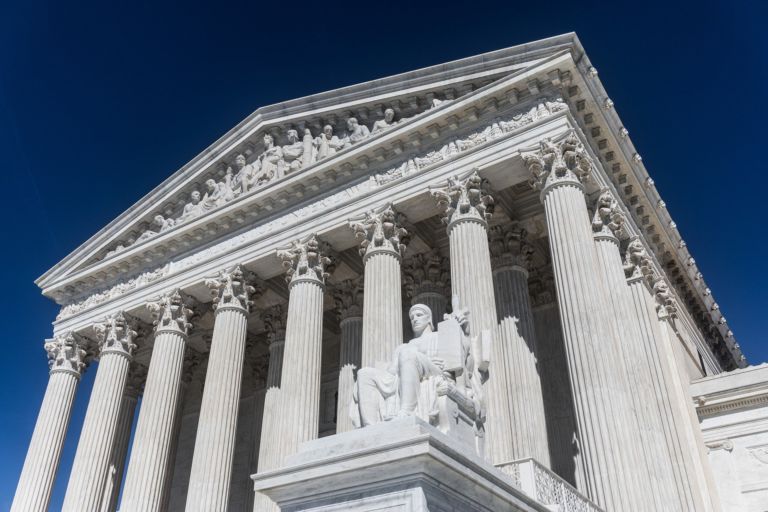Editors at National Review Online explain how the U.S. Supreme Court could make a major positive step in scaling back government power.
The Supreme Court heard arguments Wednesday morning in two cases to decide whether to overrule the Chevron doctrine. It should do so.
The rule adopted in the 1984 Chevron case was a well-intentioned effort to free the executive branch from judicial micromanagement. Specifically, the Court was then concerned to prevent activist liberal judges from preventing new administrations from changing their policies in a deregulatory direction. There are, in fact, always some policy questions left by Congress to the executive’s discretion. But Chevron proved a cure worse than the disease.
Chevron claimed for agencies the power to change how the courts interpret the meaning of laws passed by Congress. Under Chevron, where a statute is “ambiguous,” courts defer to the agency’s interpretation — even if the agency had a different interpretation under the last president. As Justice John Paul Stevens wrote then, a court applying Chevron “need not conclude that the agency construction was the only one it permissibly could have adopted to uphold the construction, or even the reading the court would have reached if the question initially had arisen in a judicial proceeding.”
That deference is a dereliction of the power of courts to do what Chief Justice John Marshall defined as their central role: “to say what the law is.” A statute that means one thing when it is passed by Congress does not mean another thing after an agency interprets it, and a third thing when the agency reinterprets it under a different president. Defenders of Chevron say that it would unsettle precedent and violate the doctrine of stare decisis to overrule the decision, but Chevron itself unsettles both precedents and the expectations of regulated parties by allowing agencies to flip-flop in how they read the law without going through Congress to change it.


